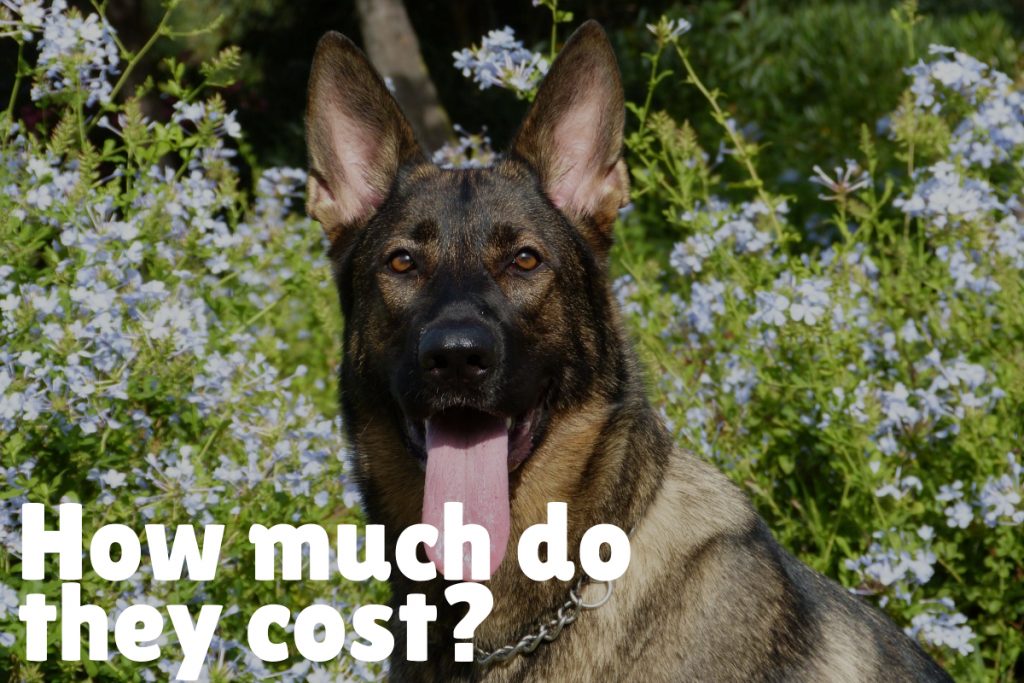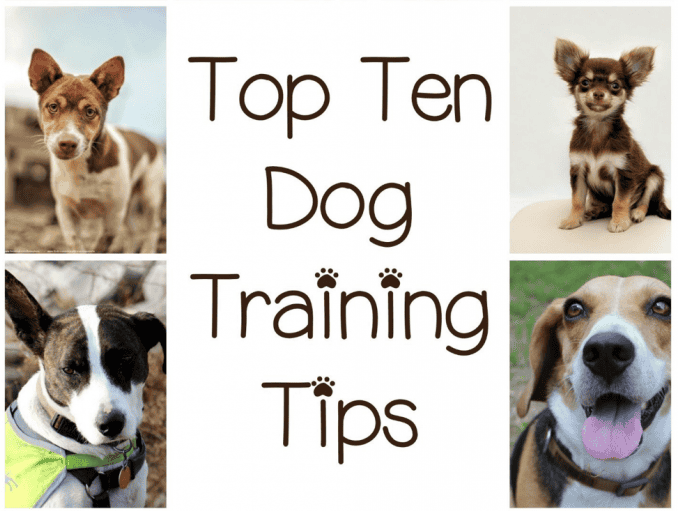“What can I expect from dog training classes?”
If you’re a new puppy parent, you’re probably wondering the same thing!
While different schools have different training strategies, for the most part they have a few basic aspects in common.
Read on to find out what they are!!

What to Expect from Dog Training Classes
We’ve already covered how to decide if your dog needs school and tips for choosing the right training class, so let’s start from the moment you find the perfect class.
I think the best way to cover all the bases is to do this in a Q&A style.
I tried to think about every question I would ask (and I do tend to ask a lot!), then answer them for you!
If I leave anything off that you need to know, feel free to ask in the comments section.
How much will training classes cost me?

Let’s start with the money, because as much as we like to pretend it’s no object when it comes to our dogs, it always is.
After all, very few of us have unlimited funds!
Fees varies quite significantly depending on where you live and what type of class you’re taking.
According to CostHelper, group classes range from $40-125 for a 4 to 8-week course.
Private classes cost a lot more, between $240-600 per course.
I know, that’s a wide range, so it’s not really all that helpful.
To give you a better ideas, in my area, PetSmart charges $119 for all of their classes while a smaller local trainer charges about $145 per course.
Before you sign up, make sure you ask for a total price, including any “material fees” or supplies.
How do I prepare for class?

The best way to prepare for class is to ask the trainer questions BEFORE the first day.
Questions to ask before your first day
- Does my dog come to the first class or is it more of an owner meet and greet?
- How many other dogs are in the class?
- What exactly do I need to bring with me as far as supplies go?
- What vaccinations does my dog need to attend and what type of proof do you need?
- Do I need to bring all of my dog’s medical records?
- Do you recommend a specific type of leash? For example, a retractable leash?
- Does my dog need to be in harness or is a leash okay?
- Do I need to bring my own treats? A clicker? Other positive reinforcement tools?
- Are any treats or ingredients off limits?
For that last one, some dogs have allergies. While they’re typically not as severe as human peanut allergies, you still want to be considerate and ask.
What to bring with you to class
Depending on the answers to the above questions, you’ll likely have to bring:
- Your dog (way to state the obvious, right?)
- Your dog’s medical records and proof of vaccinations
- A harness and/or a good strong training collar
- Identification tags on the collar
- A retractable or strong training leash
- Small training treats and perhaps a clicker
Again, ask your trainer for a complete list of essential supplies.
How long do training sessions usually last?

Although training session lengths can vary, for the most part you should expect them to last about an hour.
Some only run between 30-45 minutes, so you’ll want to ask ahead of time to make sure, but expect them to end within an hour.
If you’re worried that your dog will lose interest, don’t worry: you won’t actually be spending a full 60 minutes working on training exercises.
A good 20 minutes of that is taken up by arriving and getting settled, then wrapping up and getting ready to leave.
Your dog will likely also have some “socializing time” either at the start or end of the class.
What skills will my dog learn at school?

Honestly, this is something you should find out before you sign up for a class.
I don’t say that to sound snotty but rather because I don’t want you to be disappointed if the class doesn’t address issues that you thought it would cover.
Let’s quickly go over the most common types of classes and what to expect at each one.
Like I said, it’s best to ask before signing up, but this gives you a general idea.
Basic Puppy Training Classes
For the most part, you can expect your dog to learn:
- Puppy socialization skills
- How to recognize his name
- Simple commands like sit, down, stay, come, and leave it.
- How to walk nicely on a leash
- Basic manners (like not jumping on people)
Intermediate & Advanced Training
- Reinforcement of the basics
- Basic skills with more distractions (for example, “stay” even when there’s a squirrel taunting your dog)
- Advanced commands like “go to bed.”
Advanced training differs from intermediate in that it usually involves more distractions and a longer duration of certain commands.
It’s also important to understand that these classes rarely address major behavioral problems. You’ll need to sign up for a separate (and likely one-on-one) class for that.
Therapy Dog Training
The main goal of this type of training is, of course, to prepare your dog for his evaluation to become a therapy dog.
That said, it’s also beneficial for those who want to better understand their dogs.
You’ll learn how to read your dog’s body language and gain a better understanding of dog psychology.
At the same time, Fido learns to recognize human body language cues so he knows when to back off and when to offer more support.
Show dog or trick training
These advanced classes are designed to help your dog win competitions, but you don’t have to be a show dog owner to benefit from them.
They’re also great for intelligent and active breeds who need another outlet for their energy.
While the lessons vary depending on the type of class, expect your dog to learn:
- How to obey basic and advanced commands in the most distracting situations imaginable (like an arena full of people!)
- Advanced tricks (like jumping through hoops)
- How to run an agility course
- How to recognize hand or body language cues to navigate a course
Will my dog and I have homework?

Yes, just about all training classes end with a “homework” assignment to help reinforce the lessons at home.
It is absolutely vital that you do these assignments so that your dog stays on track and remembers what he learned at each lesson.
Dog training in general isn’t a “one and done” deal; it’s something you continue to do every day throughout your dog’s life.
My dog is almost three and we still do training exercises almost every day.
Do you have any other questions about what to expect from dog training classes? Share below!


Trackbacks/Pingbacks